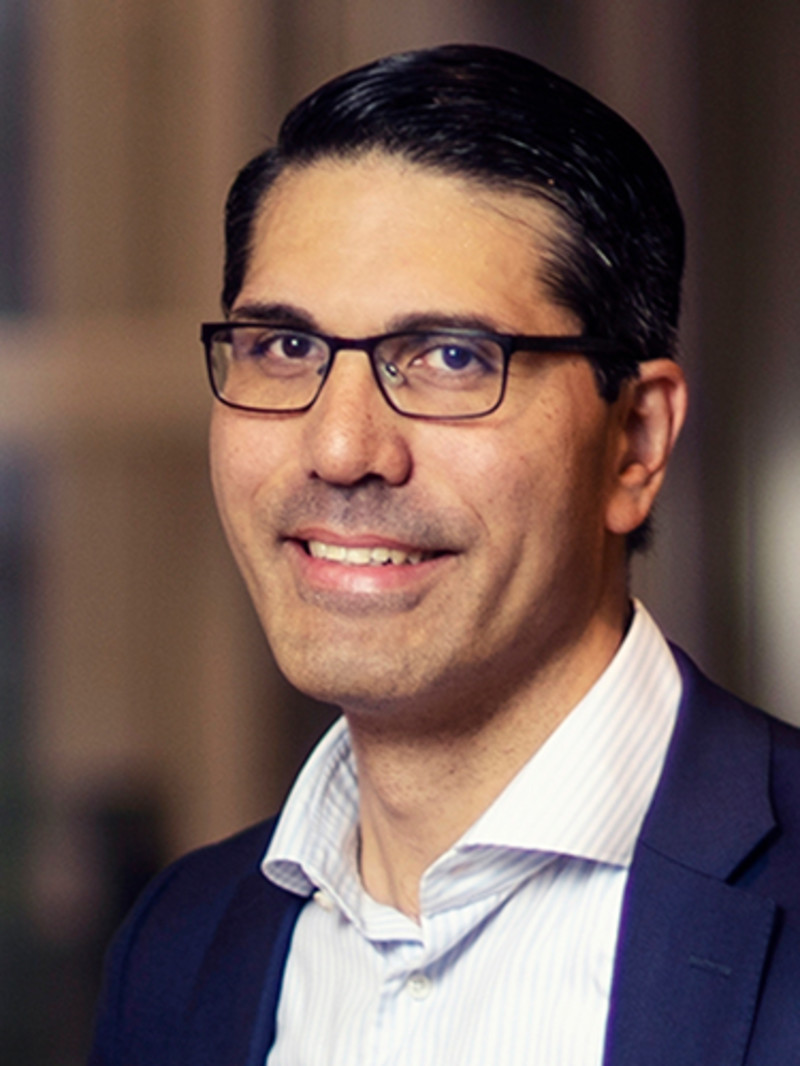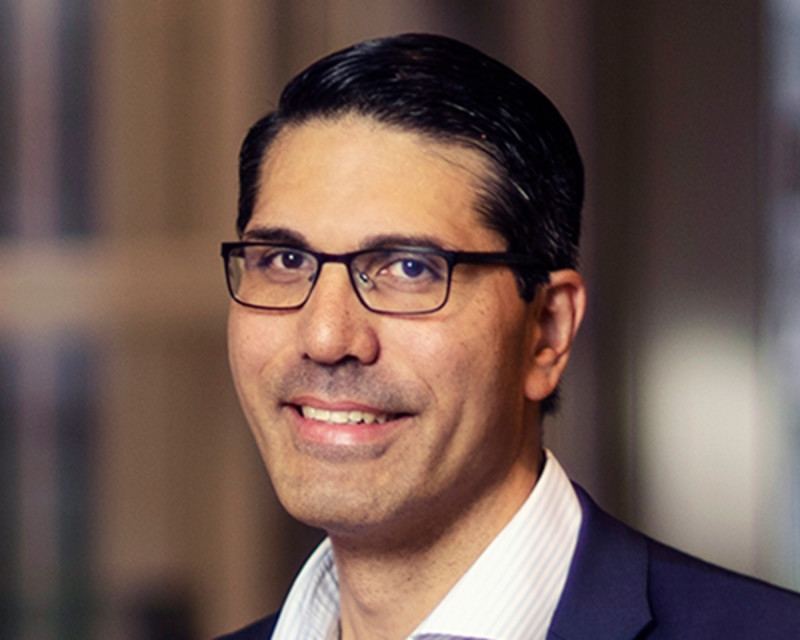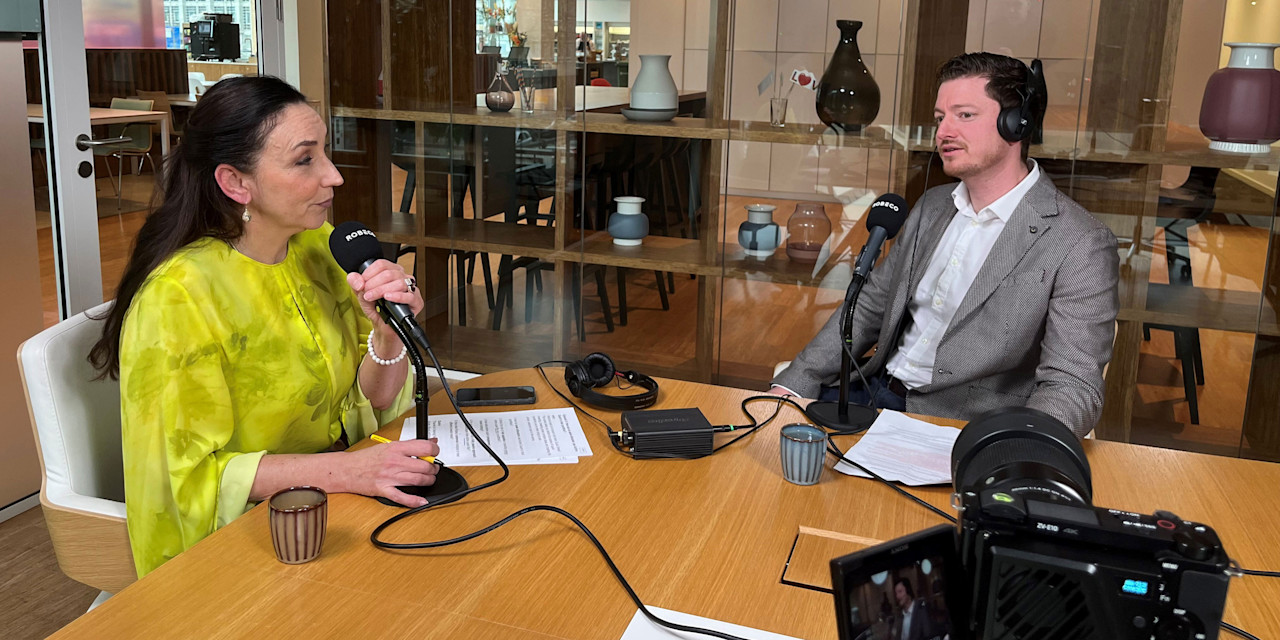
How factor investing fits into active vs passive
Why factor investing makes sense. Altaf Kassam, MSCI Head of Index Applied Research EMEAI. “Factors are shown to outperform historically and their outperformance can be explained. It is suitable for passive and active investors.”
Questo video non è disponibile in quanto non hai ancora accettato i nostri cookie pubblicitari. Se li accetti, sarai in grado di visualizzare tutti i contenuti:
Interview
Factor investing is the talk of the town. But how does it fit into the debate of active versus passive? We interviewed two experts with different perspectives: one working for an index provider while the other represents an active management house.
Altaf Kassam is MSCI Head of Index Applied Research EMEAI, while Joop Huij is a Senior Quantitative Researcher at Robeco. Both spoke at the Robeco Factor Investing Seminar held in in Rotterdam. We interviewed them after the event.
Since the financial crisis, investors have become more critical about the role of active management and trackers have gained in popularity. The debate about its role is not just held by pension funds, but also by fund distributors and financial regulators. Can factor investing bridge the divide between active and passive investing?
How would you define factor investing?
Altaf Kassam:
It is investing in equity indexes whose components’ risk and return is defined by similar characteristics, or weighting indexes differently from market capitalization to capture specific characteristics. ‘risk and return defined by similar characteristics’
Joop Huij:
Our definition is similar but I would like add the words ‘systematic approach’ and ‘investing strategically’.
What factors do you identify?
Joop Huij:
To us it is important that there is strong evidence for the existence of a premium. We identify value, momentum and low-volatility as the three key factors, because these three convinced us most.
Altaf Kassam:
We currently identify value, momentum, low-volatility, quality, yield and low-size as factors offering long-term risk-adjusted outperformance. We are always evaluating new factors.
How does factor investing fit into the debate of active versus passive?
Altaf Kassam:
It is a third way of investing: between active and passive. It does not replace market-cap passive investing, nor does it fully replace active management. Factor investing has some of the features of passive investing, such as investing systematically at low cost. It also has some of the features of active management by aiming to generate returns above the market cap-weighted index. ‘third way of investing: between active and passive’
Joop Huij:
I agree that it will be the third pillar in the portfolio. There are, however, very different approaches to factor investing. For instance, factor investing can be implemented by tracking factor indices, which means the use of a transparent rules-based approach, and it can be implemented using proprietary models and processes. This is the way that our factor funds are constructed.
What is the role of factor indices in the discussion on factor investing?
Altaf Kassam:
We see them used for passive investments, where people track our factor indexes closely and put money in them. But they can also be used for active management to measure performance, in some cases providing a more suitable benchmark than market capitalization indexes. They can also be used to assess the performance and risk of active managers and to try and understand how much of this might be attributed to factor exposure, and how much might be skill.
Joop Huij:
Besides what Altaf mentioned, it can be used to better inform investors. For instance, the Robeco Momentum strategy can be evaluated both to a market-cap weighted index and against a momentum index. Suppose for example that in a particular year the Robeco Momentum portfolio underperformed the market index by 2% and that the momentum index underperformed the market index by 5%. In that case you could say we destroyed value to our clients given that we had a 2% lower return than the market. However, you could also say that, given the difficulties to momentum factor had in that year, we actually added 3% by following the Robeco approach.
To assess performance and risk of active managers
What should investors take into account when implementing factor investing?
Joop Huij:
There is not a one-size fits all factor solution but the optimal solution is investor-specific. A pension fund typically has very different goals and objectives than a large sovereign wealth fund or a family office. When implementing factor investing, one should therefore take ones goals but also ones preferences into account. Next to that, the current portfolio and how the portfolio is positioned with respect to certain factors is something to take into account in implementing a factor investing portfolio.
Altaf Kassam:
There is not one factor that performs better than the market-cap weighted index over all time periods. There is cyclicality in all factors. Often, factors can underperform the market for several months, if not years. And also factor indexes will have higher turnover than market-cap indexes, which means higher costs of implementation. Finally, liquidity is more of a concern with factors than with the market-cap weighted index. Factor indexes generally have lower capacity than market-cap weighted indexes.
Leggi gli ultimi approfondimenti
Iscriviti alla nostra newsletter per ricevere aggiornamenti sugli investimenti e le analisi dei nostri esperti.
What is the best way to combine factors within a portfolio?
Joop Huij:
It is most important to be well diversified across different factors. We believe that this is crucial to make factor investing a success. While the factors earn a premium over a longer period of time, there are periods in which an individual factor, or even several factors, lag the market. A well-diversified factor portfolio can absorb these periods of factor underperformance. Our research shows that an equal weighted allocation to value, momentum and low-volatility provides good diversification. One can deviate from this if more emphasis should be given to decrease the risk of the portfolio, in which case more should be allocated to the low-volatility factor. Or, if higher expected returns are to be achieved, more weight should be given to value and momentum.
Altaf Kassam:
We have looked at simple, equally weighted combinations. But we also checked whether combining factors based on risk, valuation or momentum makes sense. Our current research indicates that just combining factors with equal weights is a strategy which is quite hard to beat. So maybe some of these more sophisticated measures do not add much value.
What is your opinion on timing factors?
Altaf Kassam:
One answer could be that factors should be held strategically for the long term. You do not need to time factors to produce excess returns over a market-cap weighted index as long as you have a long enough investment horizon. We recently published a paper that looks at 40 years of data on factor index history. The research shows that historically, if you hold factor indexes 3 to 5 years, the chance of outperforming the market-cap weighted index is above 75% for most factor indexes. And with a longer time period, the chance of outperformance grows to almost 100%. Many of our clients come to us and ask us about timing factors and we started developing strategies based on the economic cycle. It really depends on your tolerance for risk, your time horizon and whether you have any views on the macro-economic environment as well.
Joop Huij:
Timing factors is extremely difficult and we therefore believe one should be very humble in trying to time the factors. All the potential added value of factor investing can easily evaporate by incorrectly timing factors and the extra turnover as a result of timing factors. In our research we do see some potential for timing factors and we try to benefit from this in how we rebalance across factors in our factor investing solutions. However, only a relatively small part of our risk-budget is allocated to the timing of factors and we use our timing in such a way that turnover is actually reduced as opposed to increased.
Timing factors is extremely difficult
What is the future of factor investing? Will it be adopted widely?
Altaf Kassam:
We still think there is a place for passive and active investing. On the passive side, if you don’t have a view on factors in terms of risk and return, you should remain in market-cap passive. Even our biggest clients who invested billions in factor indexes haven’t moved all of their equity allocation into factor investing. I don’t see that happening. At the same time, active managers should still be able to add value through skill, market timing and concentrated stock portfolios. These are things we don’t do when we build our indexes. I do believe factor investing will be widely adopted. Growth rates are substantial, but it won’t fully replace all the other forms of equity investing.
Joop Huij:
Professional investors are increasingly looking at factor investing and what factor investing can do for them. Moreover, we see an increasing number of investors actually implementing factor investing in one way or another. Given the vast amount of evidence in favor of it and the fact that it is getting more and more embraced by the industry, we strongly believe factor investing is not a hype and here to stay.
Factor investing is not a hype
























